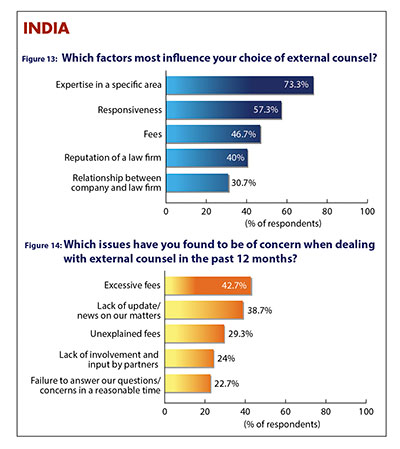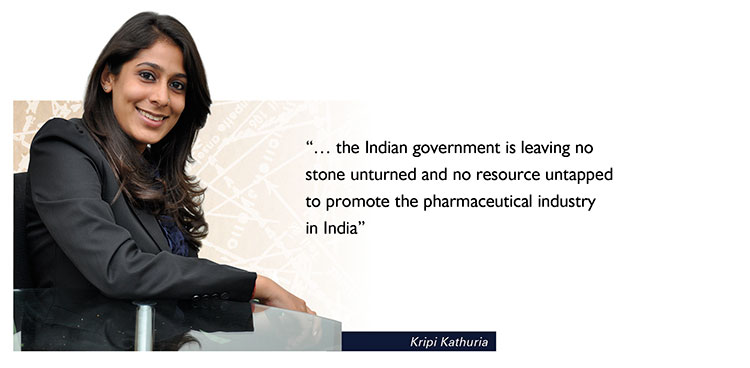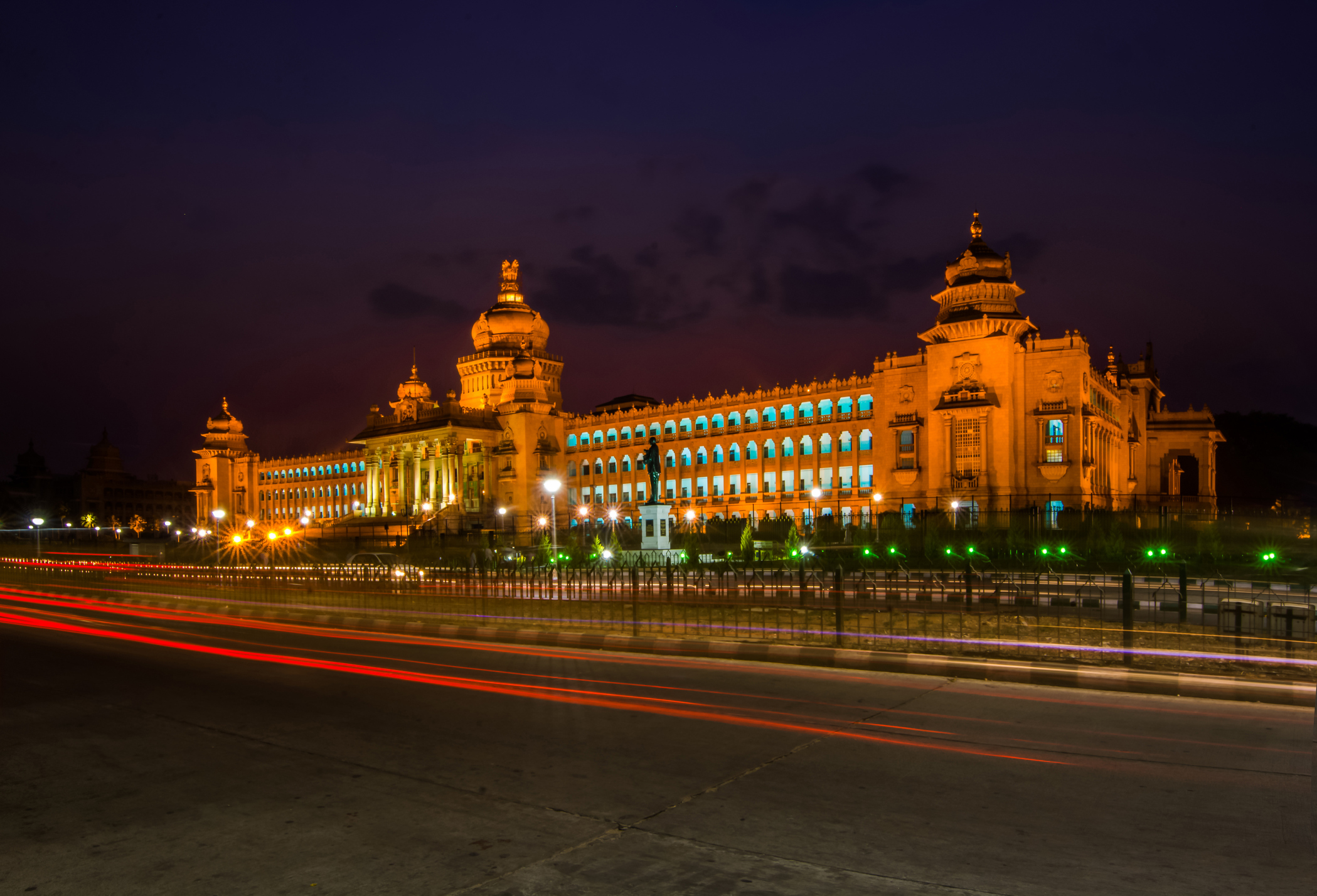 With a vision of leading the economy towards a path of high sustainable growth, the Prime Minister of India on September 25th, 2014 launched the ‘Make in India’ campaign. Through the campaign, the government seeks to provide a favourable environment for investors to manufacture in India and turn India into a manufacturing hub for the world. The campaign includes initiatives to facilitate investment, foster innovation, protect IP, and build best-in-class manufacturing infrastructure in India and aims to achieve an increase in growth of the manufacturing sector, increase the share of manufacturing in India’s Gross Domestic Product, create additional jobs and establish an IP regime in the country. Conducive business climate: The key aspect of the Make in India campaign is to provide a business friendly environment for doing business in India wherein the primary objective is to establish a single point of contact for investors. The government has launched a 24/7 e-portal (www.makeinindia.gov.in) for assisting and addressing concerns of investors and has set up an investor facilitation cell to guide and assist investors. Additionally, the government will also be simplifying the regulatory environment by reducing the bottlenecks and bureaucratic hurdles and initiating other measures such as: Incentives to investors: The government has provided various incentives for investors in the nature of tax incentives and export incentives. It has also relaxed the foreign direct investment (FDI) policy in areas such as railways where 100 percent FDI has been permitted in building infrastructure in the sector and defence where the conditions have been liberalised and FDI increased from 26 percent to 49percent. Easing of FDI norms in insurance and construction development sector is also proposed. Infrastructure: The campaign has put special focus on building industrial corridors across India which will consist of new smart cities and industrial clusters. These will be developed with an objective of creating smart sustainable cities where manufacturing will be the key economic driver, which will result in increasing the share of manufacturing in the GDP of India and will project India as a global manufacturing destination of the world. Impact of the campaign: Within less than a month of the launch of the campaign, an immediate impact has been witnessed with Standard and Poor’s revised rating of India from “Negative” to “Stable” owing significantly to the government’s willingness to implement reforms to restore India’s growth potential. Foreign investors have started showing interest and joining hands with Indian companies to manufacture in India. The ‘Make in India’ campaign would not only remove the hurdles causing impediments in the economy for achieving high growth sustainability but would also tap India’s potential to become the top investment destination in the world. The recent developments after the launch of the campaign show that the long term global outlook for India continues to be positive making it more conducive for the investors to enter the Indian market. Thus, with efficient and welcoming administrative machinery, an enormous opportunity awaits investors who propose to invest in India. |
Clasis Law
14th Floor, Dr Gopal Das Bhawan, 28, Barakhamba Road
New Delhi 110 001, India
Tel: (91) 11 4213 0000 Fax: (91) 11 4213 0099
Email: Vineet.Aneja@clasislaw.com
Rohan.Jain@clasislaw.com
Website: www.clasislaw.com
































